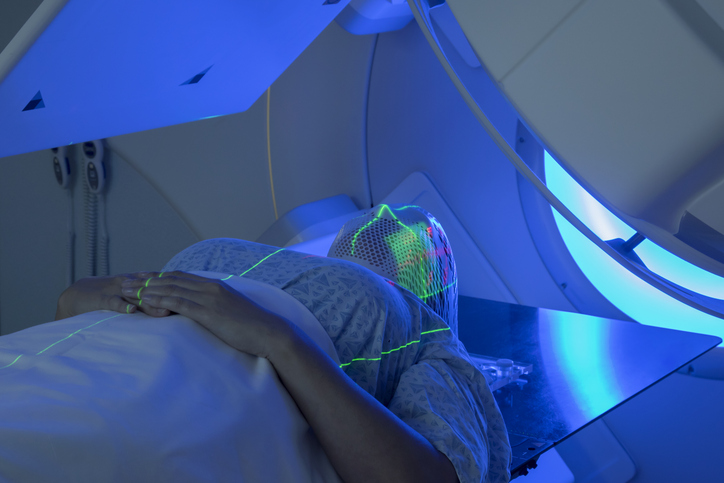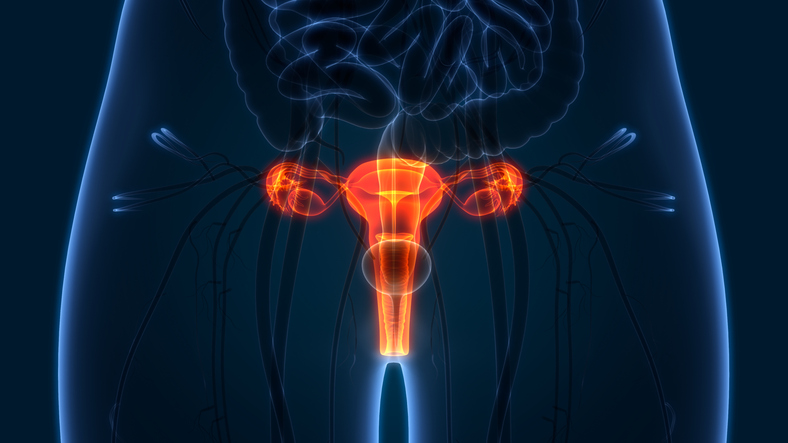Filgrastim was the first global oncology biosimilar product. To date, there are eight biosimilar filgrastim products approved in the European Union (EU) that account for 60% of filgrastim use. In Japan, there are three biosimilar filgrastim agents that account for 46% of use, and in the United States, just one biosimilar filgrastim product accounts for 15% to 26% of use. A report published in JAMA Oncology evaluated the United States’ lag in adopting biosimilar filgrastim.
In the United States, 37 state boards of pharmacy require a biosimilar agent to have a U.S. Food and Drug Administration (FDA) interchangeability designation in order for pharmacists to substitute the biosimilar for its reference biologic. The FDA has indicated that the first formally designated interchangeable biosimilar will not be available for two more years. The inability to currently interchange agents is a suggested barrier to price competition in the United States; however, the EU and Japan do not allow pharmacist substitution either. The authors note that allowing substitution could increase U.S. biosimilar competition to the levels seen in the EU.
In Japan, the Japanese Central Social Medical Insurance Council mandated a price discount of approximately 30% for biosimilars in Japan. Meanwhile, the EU has economic policies that incentivize biosimilar acceptance, including transparent pricing and monitoring physicians and hospitals for excessive reference biologic use, which can result in penalties. In the United States, the first filgrastim biosimilar is priced at a 10% to 15% discount, but hospitals, hospital systems, and group purchasing organizations have financial arrangements, such as rebates, that can lower the price of reference biologics. The authors write of the “rebate trap” biosimilars may be subjected to, because contracting incentives may make brand-name biologics less costly than their biosimilar counterparts.
Another barrier to U.S. biosimilar uptake is litigation issues. There have been no patent litigation lawsuits filed by the reference filgrastim manufacturer in the EU and Japan, although there have been some patent infringement lawsuits. By comparison, in the United States, marketing for the first filgrastim biosimilar was delayed because manufacturers were required to wait six months after FDA approval before launch. However, the Supreme Court has heard many patent infringement lawsuits and ruled that biosimilar manufacturers were not required to share intellectual property as a condition for approval. They also ruled that biosimilar manufacturers may start marketing immediately following FDA approval.
The authors noted some recommendations to facilitate U.S. biosimilar uptake. For one, price competition brought on by entrance of more biosimilars to the market may increase overall use. Cost incentives that support biosimilar use could impact physician prescribing as well. Patients and physicians also need improved education on these agents that emphasizes the similarity and financial implications. “Biosimilar adoption can lower healthcare expenditures and free up funds for scientific innovation,” the authors wrote.
In addition, they noted that legislators should demand greater price transparency and accountability for all biosimilars to lead to a better understanding on how rebate dynamics promote the use of branded products rather than biosimilars.
“Overall, the United States could learn from favorable experiences using biosimilar filgrastim in the European Union and Japan,” the authors concluded. “Facilitating U.S. biosimilar filgrastim uptake will be the first step in greater acceptance of safe, effective, and lower-cost filgrastim use.”







 © 2025 Mashup Media, LLC, a Formedics Property. All Rights Reserved.
© 2025 Mashup Media, LLC, a Formedics Property. All Rights Reserved.